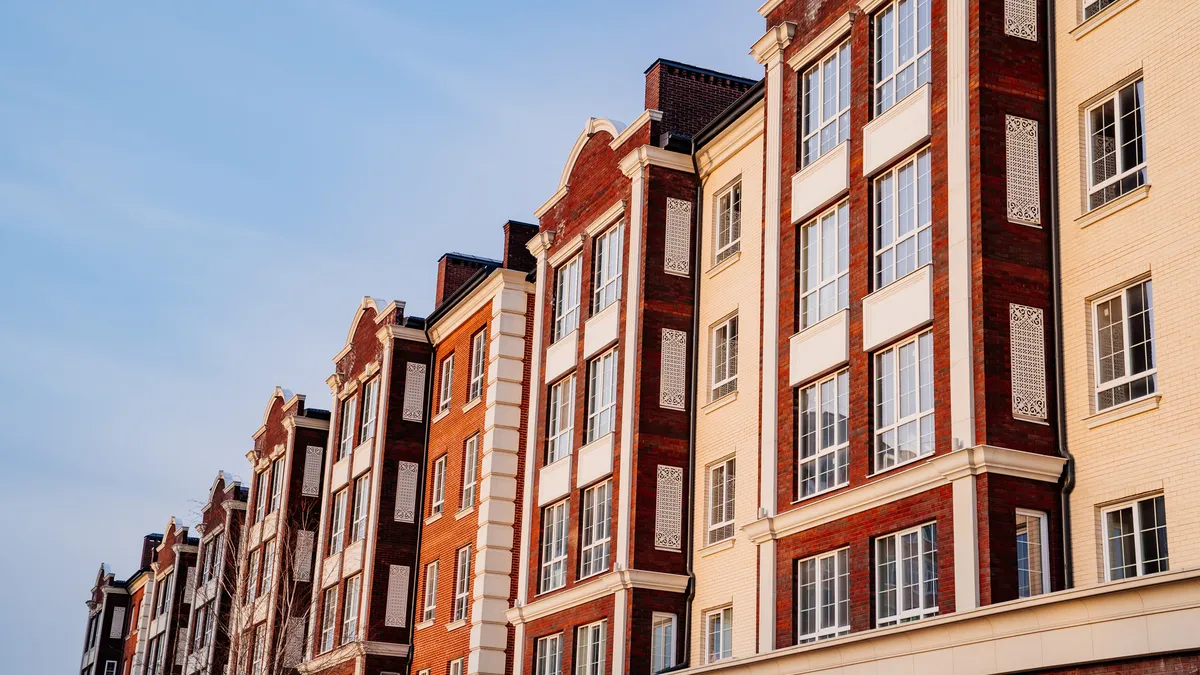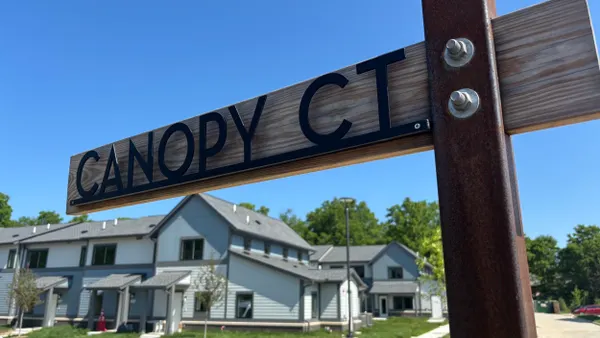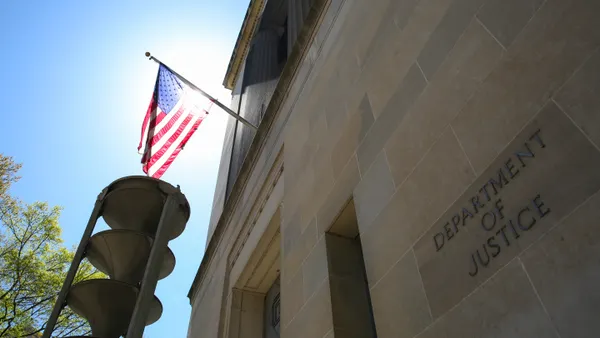Dive Brief:
- Concerns about rents skyrocketing at properties that have exited the low-income housing tax credit program may be overblown, according to a new white paper from Freddie Mac Multifamily.
- Even after apartment communities are no longer under LIHTC income restrictions, rents remained an average of 12% lower than the market in a sample of 133 50-plus-unit former-LIHTC properties across seven metros — Dallas, Indianapolis, Los Angeles, Orlando, Phoenix, Seattle and Washington, D.C.
- Apartments in the LIHTC program are income-restricted and rent-restricted based on local income levels to people making below 60% or even 30% of area median income. Generally, these properties must remain affordable for 30 years, though there are ways owners can get out of the program after 15 years. (Congress extended the LIHTC use period from 15 to 30 years in 1990). When this period ends, landlords are no longer required to keep rent at below-market-rate levels.
Dive Insight:
In its white paper, Freddie Mac analyzed property-level LIHTC data for 40,296 multifamily properties throughout the history of the program — the data was compiled by the U.S. Department of Housing and Urban Development and the National Housing Preservation Database. Of those, 34,975 still currently restrict rents based on local AMI, in accordance with LIHTC guidelines. The remaining 5,321 properties have exited the LIHTC program and are no longer believed to have restricted rents.
Concerns about the continued affordability of former LIHTC properties has increased because a growing number of properties will be able to leave the program in the coming years, according to Freddie Mac. Properties started to reach their 30-year horizon in 2020, and each year, more and more properties will be relieve of their LIHTC-mandated rent restrictions.
Although rents rose beyond the maximum level allowed under LIHTC requirements at properties once they left the program, Freddie Mac’s white paper called the increases “modest.” Rent levels at 61% of the more than 5,000 units that have aged-out of the LIHTC program are still generally considered affordable for people making 60% of AMI — despite the increased rents.
However, there are caveats. “These units expiring out of the LIHTC program are older units,” said Andrew Aurand, vice president for research at the Washington D.C.-based advocacy group National Low Income Housing Coalition. “So they’re probably of lower quality than the average market-rate unit.”
The continued affordability of former LIHTC properties also varies across markets. For instance, in Dallas, rents at former tax-credit properties were 27% lower than the market average. In Phoenix, they were only 3% lower.
“A fear has been that LIHTC properties would simply jack up rents to the top of the market at the expiration of their rent and income restrictions … but that’s not usually the case,” said Steve Guggenmos, vice president of research and modeling for Freddie Mac Multifamily, said in a press release. “Any loss of units affordable to the lowest income renters is concerning, but there is some consolation in that LIHTC properties typically continue to serve low- and middle-income renters.”
Click here to sign up to receive multifamily and apartment news like this article in your inbox every weekday.












